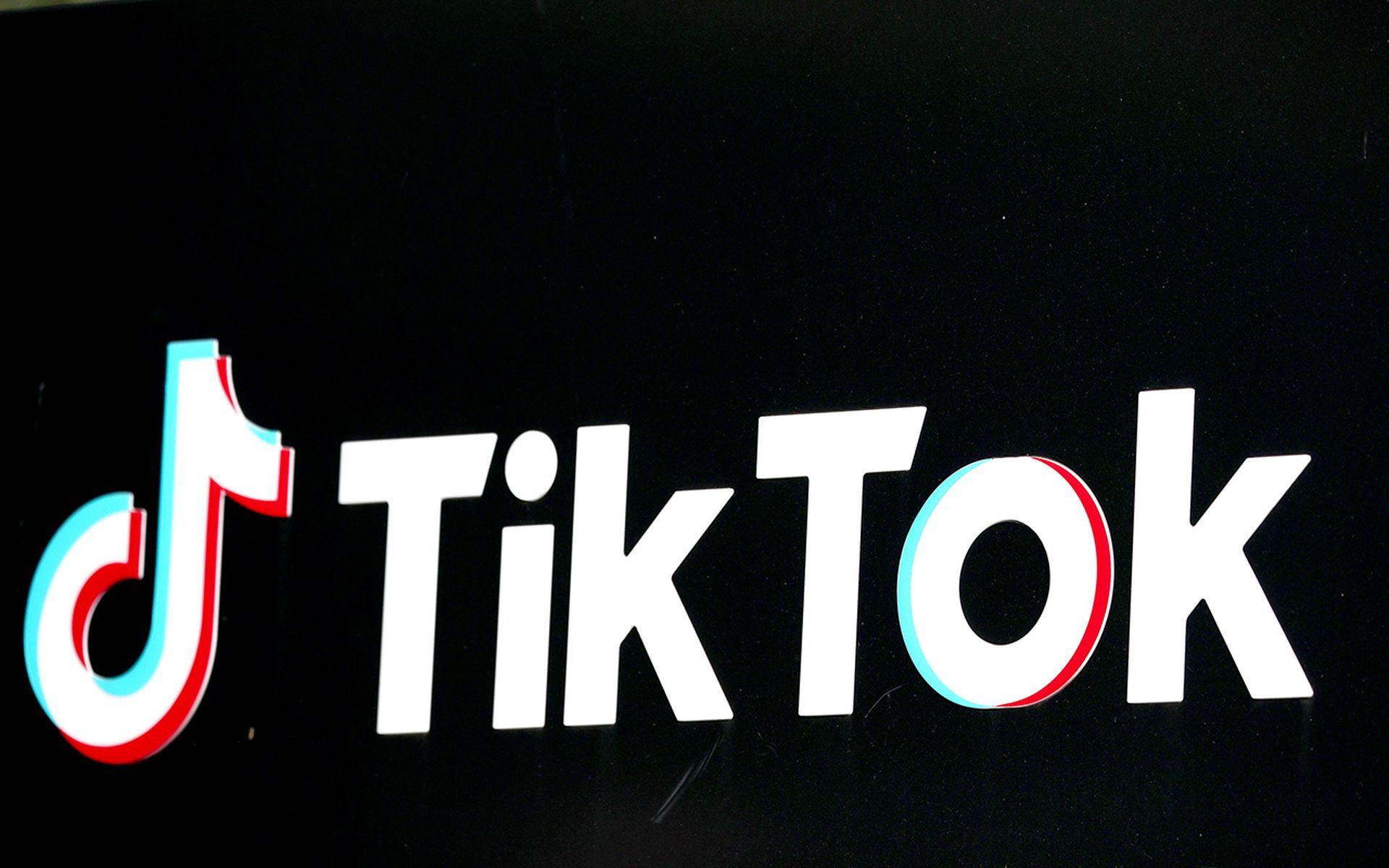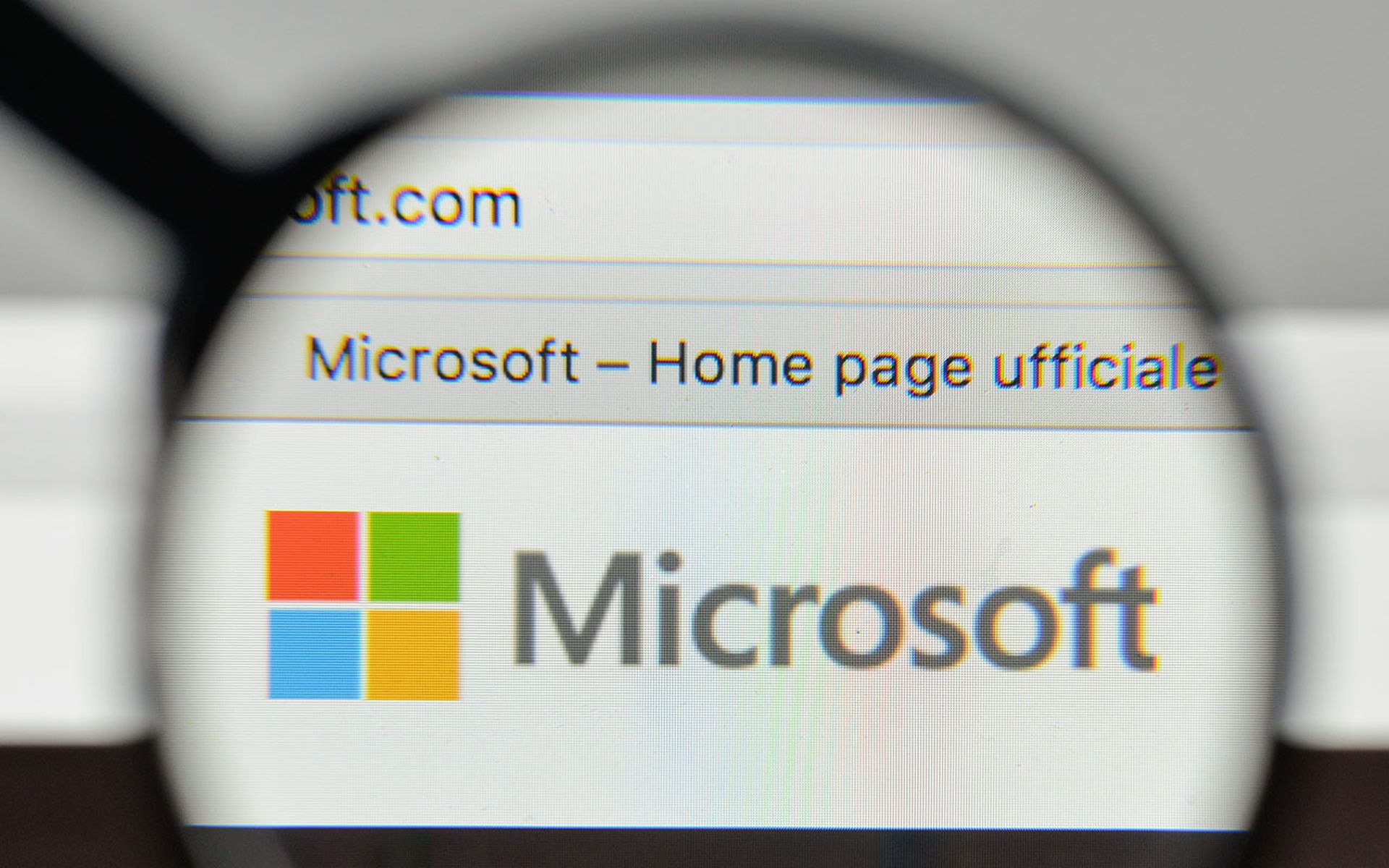The hybrid workforce has revolutionized the way organizations operate, but it has also dramatically expanded the cybersecurity challenges they face. Traditional security models are proving inadequate in managing the evolving risks introduced by remote work environments, as detailed in an October 2024 report by the Institute for Critical Infrastructure Technology (ICIT).
The Growing Enterprise Attack Surface
The shift to hybrid work models, accelerated by the COVID-19 pandemic, has permanently altered the corporate attack surface. With employees and third parties accessing sensitive systems from home networks, personal devices, and public Wi-Fi, vulnerabilities have multiplied. The report highlights how these “last mile” risks—stemming from unsecured home routers, weak passwords, and unmanaged personal devices—have become prime targets for cybercriminals.
Identity and Access Management in Crisis
One of the most pressing challenges is the inadequacy of traditional identity and access management (IAM) systems. Password-based authentication, a relic of past decades, is insufficient in today’s environment. Phishing attacks and social engineering tactics exploit the complexities of hybrid work, making robust, adaptive security solutions a necessity. The report advocates for continuous authentication systems that use behavioral analysis and biometrics to monitor and adjust access in real time.
Balancing Data Protection and User Convenience
The hybrid model also complicates the balance between protecting sensitive corporate data and respecting the personal needs of employees. Conventional data protection strategies, which rely on corporate-controlled environments, are less effective in decentralized setups. Emerging technologies like software-defined wide-area networking (SD-WAN) and edge computing are reshaping the cybersecurity landscape. These solutions can extend enterprise-grade security to diverse endpoints while reducing operational costs.
The Evolution of Third-Party Governance
Traditional Third-Party Risk Management (TPRM) practices, centered around static annual assessments, are becoming obsolete. ICIT emphasizes the need for real-time, data-driven governance models. By monitoring vendor behavior continuously and using automated workflows to address anomalies, organizations can manage third-party risks more dynamically and efficiently. This shift also enables companies to categorize vendors based on risk profiles, applying tailored controls that reflect specific vulnerabilities.
The Role of Continuous Authentication
Continuous authentication offers a transformative approach to securing hybrid workforces. Unlike binary authentication methods that grant access after a single verification, continuous models adjust permissions based on ongoing behavioral and biometric assessments. For instance, screens can automatically lock if a user looks away, mitigating risks like shoulder surfing. Such measures not only enhance security but also improve user experiences, creating a win-win scenario for enterprises and employees alike.
Strategic Investments for Resilience
To effectively manage these challenges, ICIT urges organizations to rethink their cybersecurity investments. Adopting technologies like biometric authentication, real-time risk scoring, and advanced IAM tools is no longer optional—it is essential for protecting sensitive information in a hybrid world. Additionally, fostering a culture of cybersecurity awareness among employees and third parties can further reduce vulnerabilities.
The hybrid workforce is here to stay, and with it comes a mandate for innovation in cybersecurity. By embracing adaptive, forward-thinking strategies, enterprises can navigate the complexities of this new era while safeguarding their operations against ever-evolving threats.




